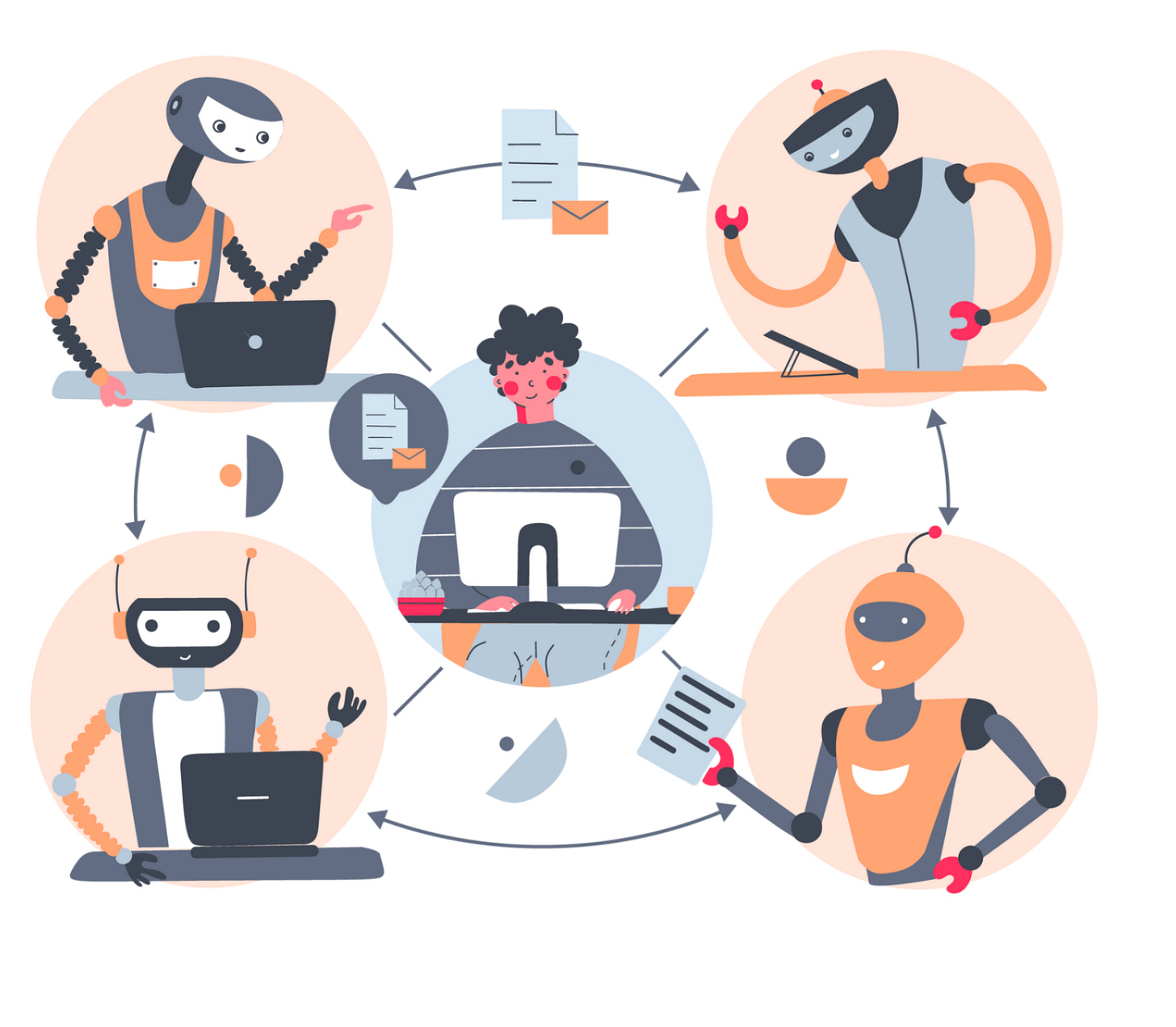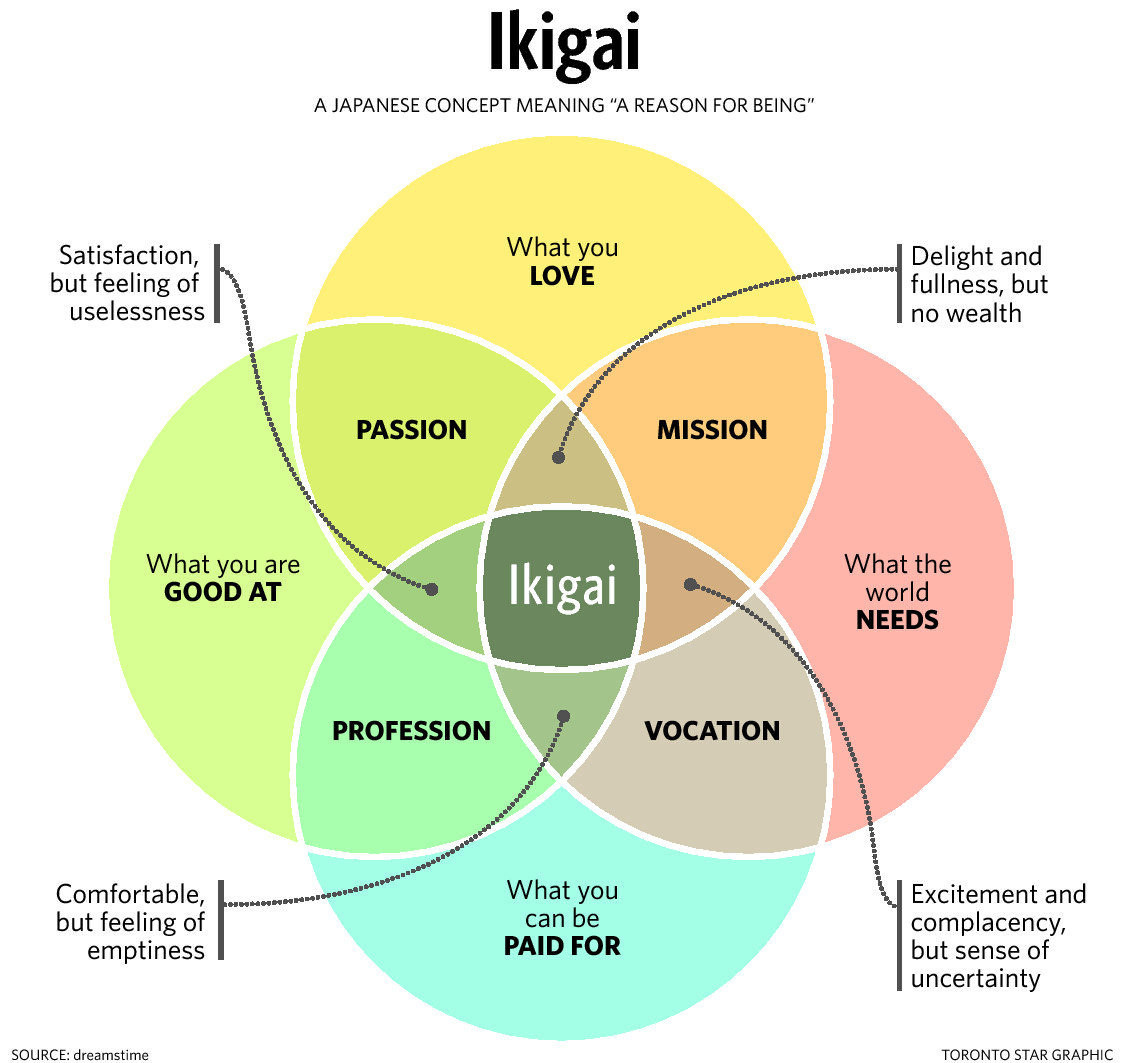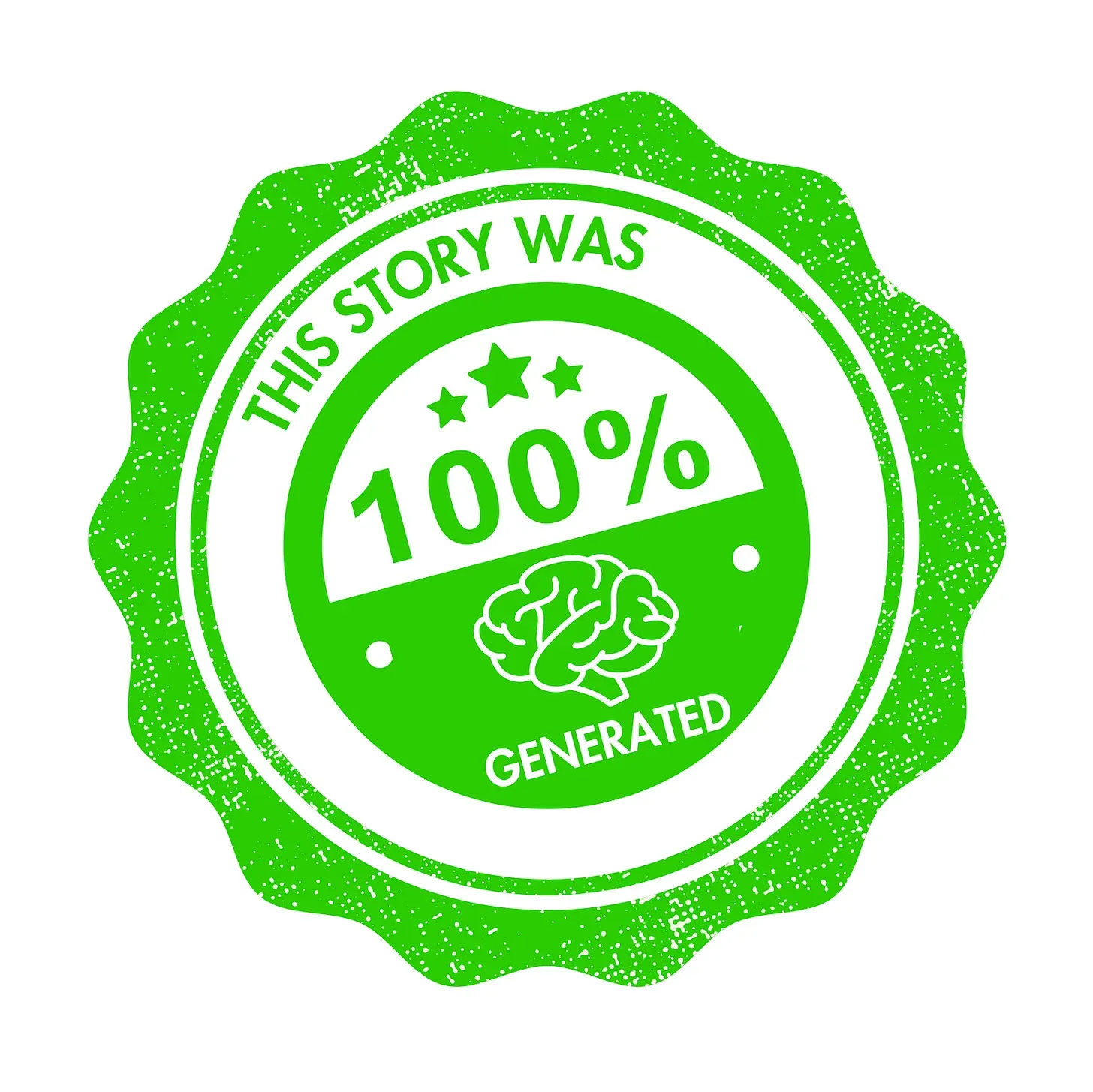Rewriting the Job Narrative in the AI Age
If AI drives job cuts, then what?
Hi friend,
How are you? I hope you’re doing well.
Work-wise, these days, it’s not at all obvious.
Deep in the fourth quarter, we see an avalanche of layoffs due to AI.
The latest white collar job cuts include:
Amazon: 14,000 corporate jobs
UPS: 14,000 jobs
Target: 1,800 jobs
Along with Rivian, Molson Coors, Booz Allen Hamilton, and GM
Relevant prophecy to our times from 1964’s “The Brain Center at Whipple’s” episode 153 of the classic Twilight Zone TV series
- Turn on the volume -
Confidence in finding a good job is at all times low, 20% according to WSJ-NORC.
While this is all happening, in a split-screen view, AI companies had secured 68% of all US venture capital in the first half of this year.
Not to mention AI heavyweights, like OpenAI and Anthropic, which this year secured $40 billion and $13 billion, respectively.
Despite the risk of a bubble, Google, Meta, Microsoft, and Amazon announced their intent to exponentially increase their AI spending.
Only last Thursday, 10/29/25, Nvidia, the chipmaker that fuels AI, became the world’s most valued company in history, surpassing $5 trillion!
And of course, chips are not enough.
According to McKinsey, by 2030, data centers are projected to require $7 trillion worldwide to keep pace with the demand for computing power.
Your partnership makes my stories possible
Then, what?
This begs the question: with the exponential growth in data, compute, and reasoning powers, how do we rewrite the workplace narrative with jobs that provide a good living and a career runway that plays nicely with AI?
I shared a few ideas in this story:
A few months ago, I also ran a poll about 3 potential future scenarios of AI-human interaction.
A few ideas come up.
For now, AI is limited to its training data and cannot come up with left-field ideas like we do. Meaning, LLMs have no access to your unique database of experiences.
With time, this will likely change.
This requires us to look at jobs evolving to reflect gaps AI can’t close.
It’s a moving target.
For example, AI we know is good for time-consuming repetitive tasks.
That means it opens up opportunities for more complex problem-solving and innovation roles for people.
This jives with the 30% Rule:
70% of repetitive tasks AI covers, while 30% people will serve in roles that require empathy, ethics, communication, and complex judgment.
These skills are much more difficult - for now - for AI to replicate. And btw they all come with human imperfections.
Beyond all the future job advice floating around, I’d say examine your situation as follows:
First, what act are you in your career journey? There’s a big difference if you’re early vs. late stage.
Second, look at what you’re good at and have been earning a good living from. The Japanese Ikigai model can help:
Lastly, once you zero in on an area of interest, evaluate human vs. AI value contributions, figure out gaps you can close to differentiate your offering, and roughly the time window.
As I said earlier, it’s a dynamic exercise as time, cultural & economic norms, your expertise, and AI capabilities are constantly evolving.
Like any good story, you need a meaningful high-stakes challenge to move the story forward. AI could play this character. It’s up to you if you cast it as a foe or friend.
Think constructively and you’ll see opportunities vs. obstacles.
See you next time!
Best,
- Shlomi
Shlomi Ron
Founder, Visual Storytelling Institute
story > visual > emotion > experience
shlomi@visualstorytell.com
Loved this post? Take your visual storytelling skills to the next level by upgrading to a paid subscription as a Narrative Partner.
You’ll get:
The “Top 10 Business Storytelling Formulas” eBook—practical frameworks to craft marketing that captivates and converts.
Exclusive content + bi-weekly Sunday insights to sharpen your narrative thinking, decode trends, and apply visual storytelling with confidence.
Full archive access for endless inspiration, fresh ideas, and proven techniques—ready whenever creativity strikes.






